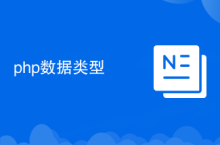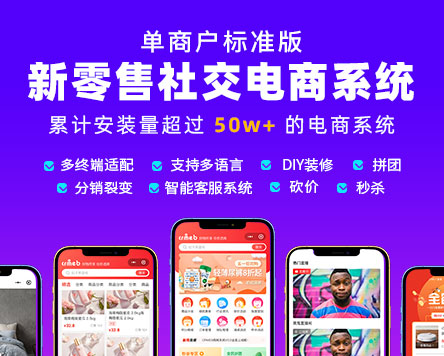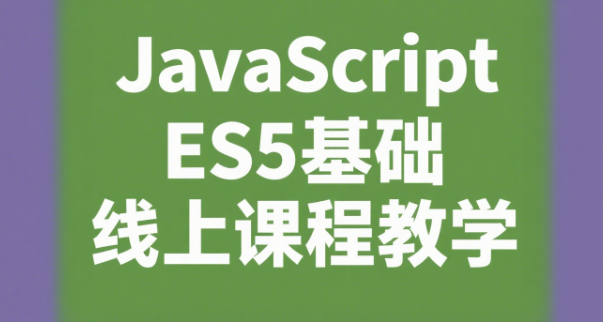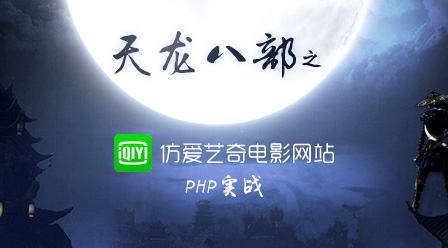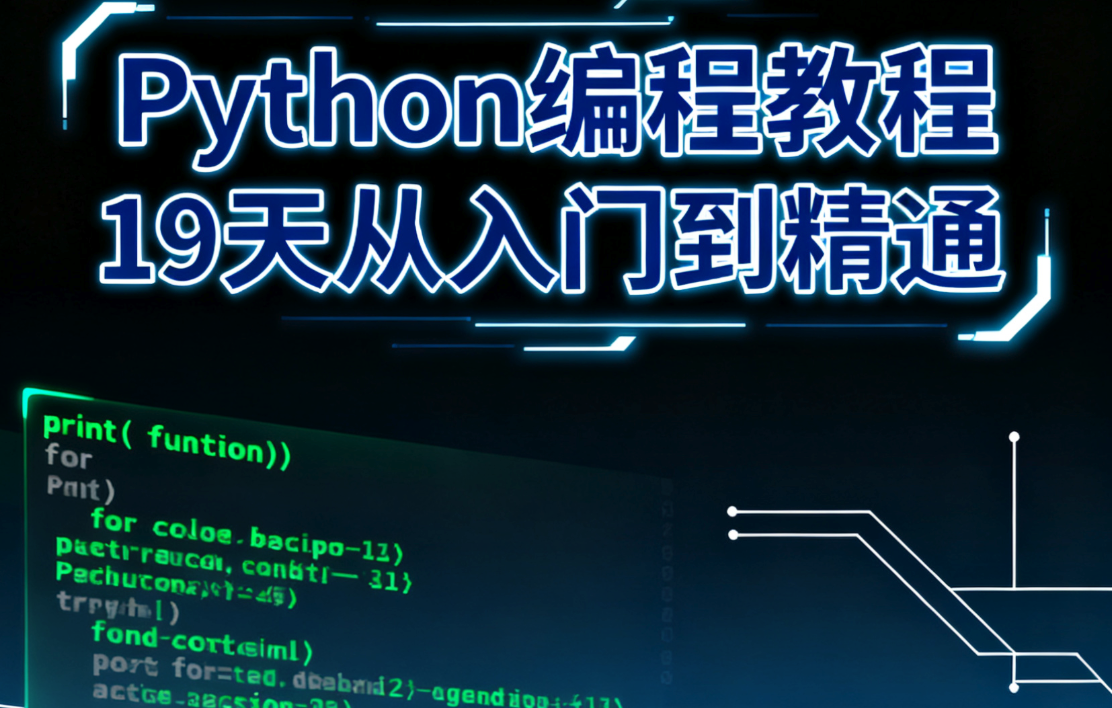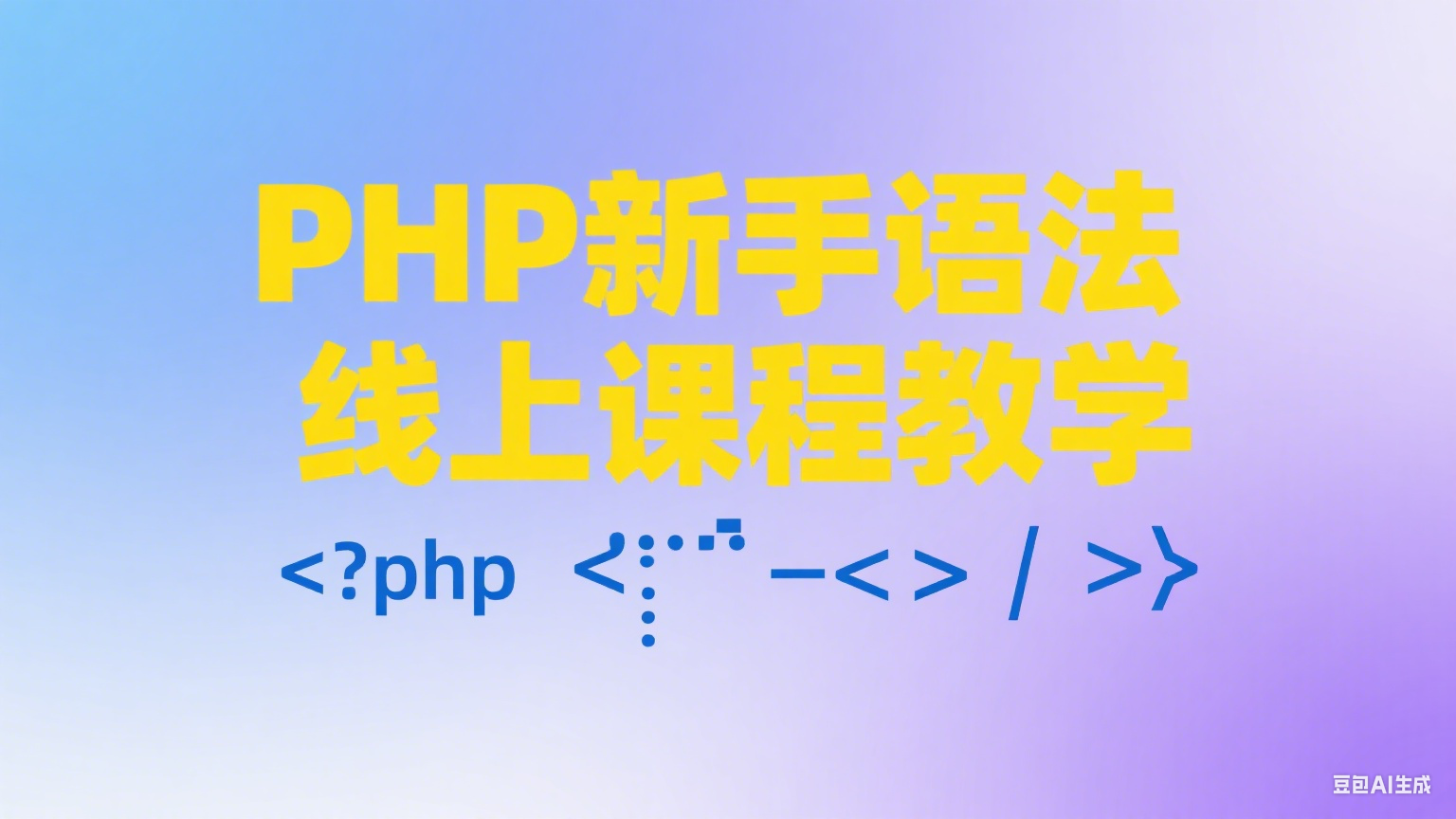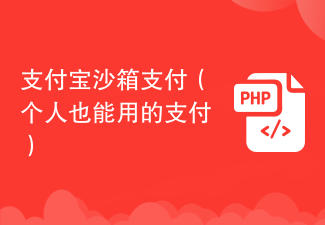实例填坑
坑一
1. 发现天坑
我们通过一个计数器组件来演示这个坑,当想对父组件传递过来的值做操作时,发现操作无效,先看代码:
<!DOCTYPE html>
<html lang="en">
<head>
<meta charset="UTF-8">
<meta http-equiv="X-UA-Compatible" content="IE=edge">
<meta name="viewport" content="width=device-width, initial-scale=1.0">
<script src="https://unpkg.com/vue@next"></script>
<title>组件间传值</title>
</head>
<body>
<div id="root"></div>
</body>
<script>
const app = Vue.createApp({
data() {
return {
num:0
}
},
template: `
<div>
<counter :count = "num"/>
</div>
`
});
// 定义一个test组件
app.component('counter',{
props: ['count'],
template: `<div @click="count+=1">{{count}}</div>`
});
const vm = app.mount('#root');
</script>
</html>在上面的代码中,我们定义了一个counter组件接收父组件的一个count值,当点击这个显示的值时,我们做加一操作。这时候我们运行代码会发现,我们的值并不会完成加一操作,而是会报父组件传递过来的值是只读的:

2. 填坑时刻
那假如我们要完成这个加一的功能怎么办呢?答案就是我们复制一份父组件传递过来的值,对我们自己的值进行操作:
<!DOCTYPE html>
<html lang="en">
<head>
<meta charset="UTF-8">
<meta http-equiv="X-UA-Compatible" content="IE=edge">
<meta name="viewport" content="width=device-width, initial-scale=1.0">
<script src="https://unpkg.com/vue@next"></script>
<title>组件间传值</title>
</head>
<body>
<div id="root"></div>
</body>
<script>
const app = Vue.createApp({
data() {
return {
num:0
}
},
template: `
<div>
<counter :count = "num"/>
</div>
`
});
// 定义一个test组件
app.component('counter',{
props: ['count'],
data(){
return{
mCount:this.count
}
},
template: `<div @click="mCount+=1">{{mCount}}</div>`
});
const vm = app.mount('#root');
</script>
</html>这时候我们再运行代码就会发现我们可以做加一操作了:
立即学习“前端免费学习笔记(深入)”;
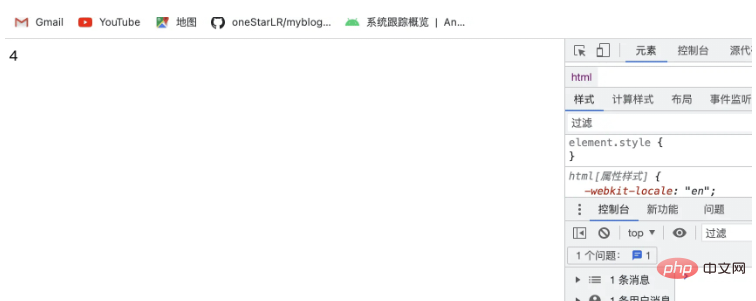
坑2:
1.发现天坑
当我们定义一个单词名称比较长的属性,并且用“-”分隔符连接的时候,子组件无法接收到正确的值,显示NaN。代码如下:
<!DOCTYPE html>
<html lang="en">
<head>
<meta charset="UTF-8">
<meta http-equiv="X-UA-Compatible" content="IE=edge">
<meta name="viewport" content="width=device-width, initial-scale=1.0">
<script src="https://unpkg.com/vue@next"></script>
<title>组件间传值</title>
</head>
<body>
<div id="root"></div>
</body>
<script>
const app = Vue.createApp({
data() {
return {
content:"hello world"
}
},
template: `
<div>
<test :content-helloworld = "content"/>
</div>
`
});
// 定义一个test组件
app.component('test',{
props: ['content-helloworld'],
template: `<div>{{content-helloworld}}</div>`
});
const vm = app.mount('#root');
</script>
</html>在上面的代码中,我们使用content-helloworld这个属性在父组件和子组件之间传值,按照我们的理解,应该是能传递成功的,但是显示的结果却不正确

上面到坑也是VUE中的单向数据流的概念,即子组件可以使用父组件传递过来的数据,但是不能修改父组件传递过来的数据
2.填坑时刻
当我们定义的属性值中有用“-”分隔符分隔时,我们在接收值的时候,需要将属性名改成驼峰命名的方式,如上面的例子中父组件使用content-helloworld传递值到子组件,那么子组件接收到时候应该将其改成驼峰命名方式:使用contentHelloworld接收
<!DOCTYPE html>
<html lang="en">
<head>
<meta charset="UTF-8">
<meta http-equiv="X-UA-Compatible" content="IE=edge">
<meta name="viewport" content="width=device-width, initial-scale=1.0">
<script src="https://unpkg.com/vue@next"></script>
<title>组件间传值</title>
</head>
<body>
<div id="root"></div>
</body>
<script>
const app = Vue.createApp({
data() {
return {
content:"hello world"
}
},
template: `
<div>
<test :content-helloworld = "content"/>
</div>
`
});
// 定义一个test组件
app.component('test',{
props: ['contentHelloworld'],
template: `<div>{{contentHelloworld}}</div>`
});
const vm = app.mount('#root');
</script>
</html>这样值就能正确显示了

以上就是Vue3组件间传值避坑方法有哪些的详细内容,更多请关注php中文网其它相关文章!

每个人都需要一台速度更快、更稳定的 PC。随着时间的推移,垃圾文件、旧注册表数据和不必要的后台进程会占用资源并降低性能。幸运的是,许多工具可以让 Windows 保持平稳运行。

-
2025-10-25 23:12:01
-
2025-10-24 20:48:02
-
2025-10-20 09:50:01
-
2025-10-19 18:42:01
-
2025-10-19 11:02:02
-
2025-10-19 09:25:01
-
2025-10-18 22:34:01
-
2025-10-17 23:58:01
-
2025-10-17 17:20:02
-
2025-10-17 16:12:05
-
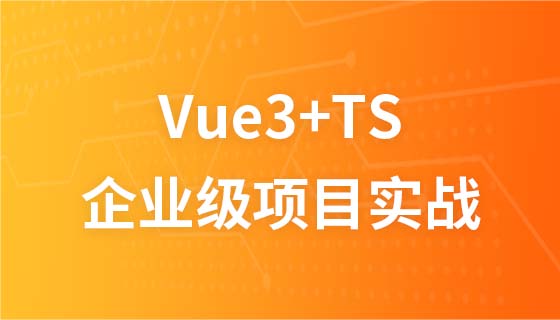 Vue3+TypeScript实战教程-企业级项目实战33873次学习
Vue3+TypeScript实战教程-企业级项目实战33873次学习 收藏
收藏
-
 前后端分离的商城系统(Vue3+Laravel8+Uniapp)201042次学习
前后端分离的商城系统(Vue3+Laravel8+Uniapp)201042次学习 收藏
收藏
-
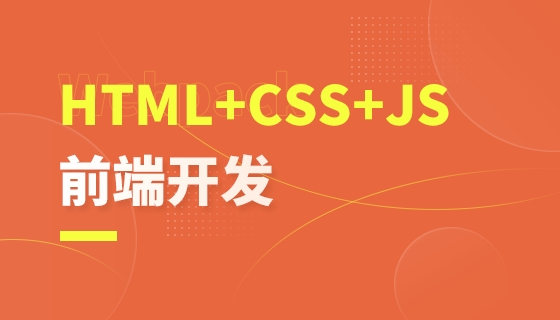 HTML5/CSS3/JavaScript/ES6入门课程52838次学习
HTML5/CSS3/JavaScript/ES6入门课程52838次学习 收藏
收藏












